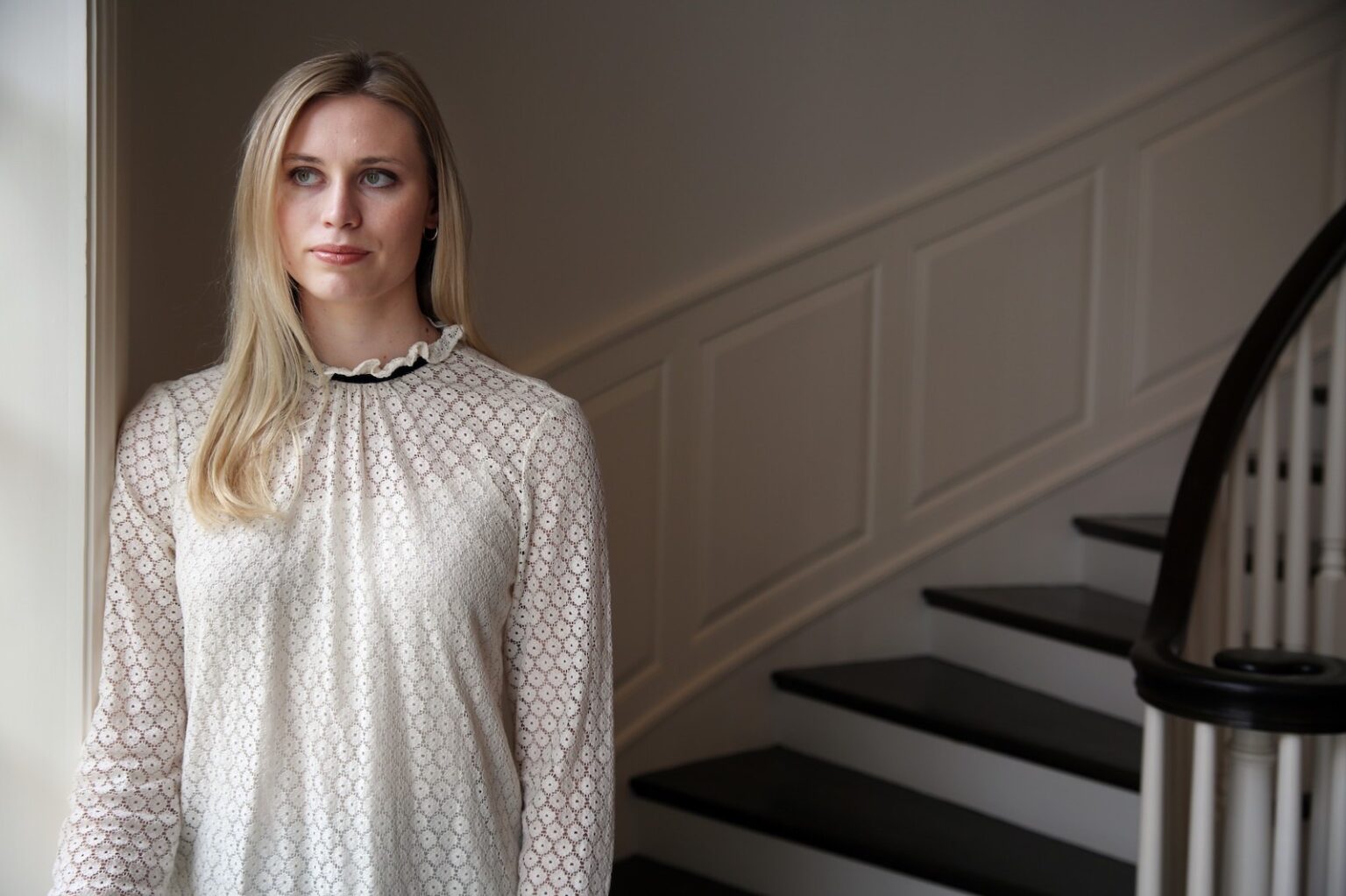
Does the NCAA protect its athletes? One volleyball star claims they don’t
When Hayley Hodson was in college, she had her eye on the Olympics for her prodigious volleyball skills. Now, she has a hard time just getting out of bed, and she claims the NCAA is to blame.
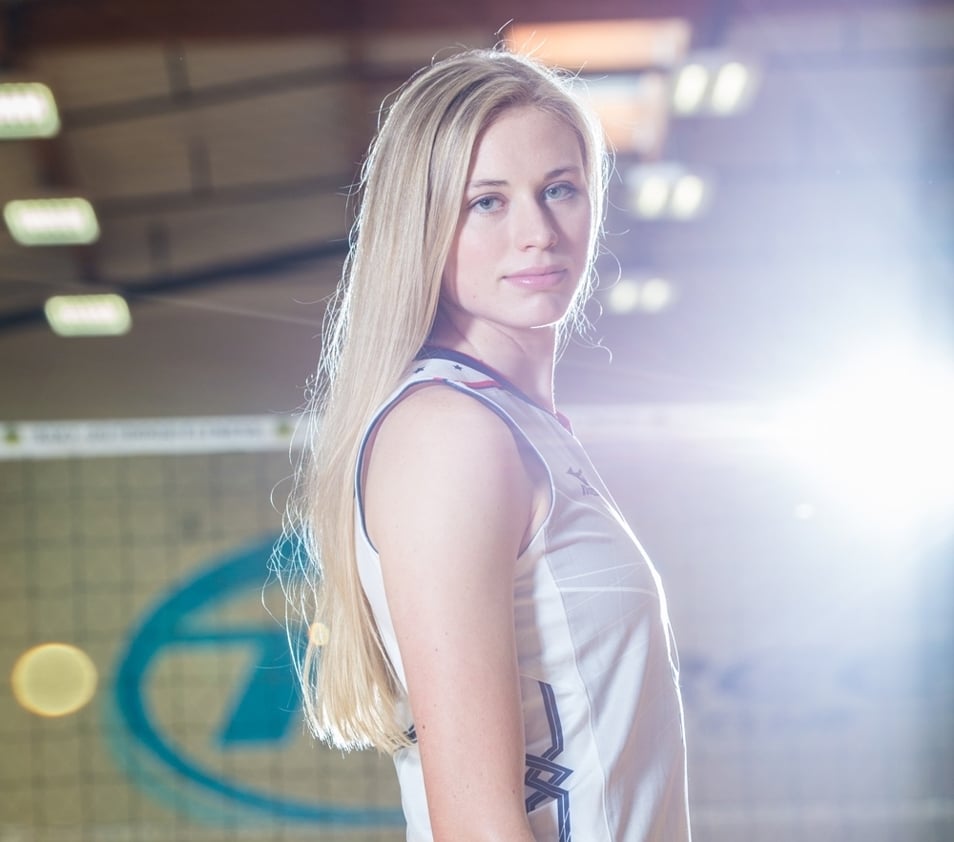
Hodson’s injury
Hodson was a student athlete at Stanford and loved every second of her time there. She had a rigorous schedule: getting up at 6am and filling her day with classes & practice. But after one volleyball drill, her life would never be the same
On November 9th, 2015, the Stanford women’s volleyball coach, John Dunning, had the team practice what they called the “courage” drill. The drill has players stand ten feet from the net while a coach shoots a sharply angled volleyball at the players. The players are expected to react at lightning-speed and smack the ball into the air.
A video of Dunning demonstrating the drill hears him saying, “You need to be careful with this. We call it the ‘courage’ drill appropriately. If I were you and going to do this – well, I don’t know if I would do it at all.”
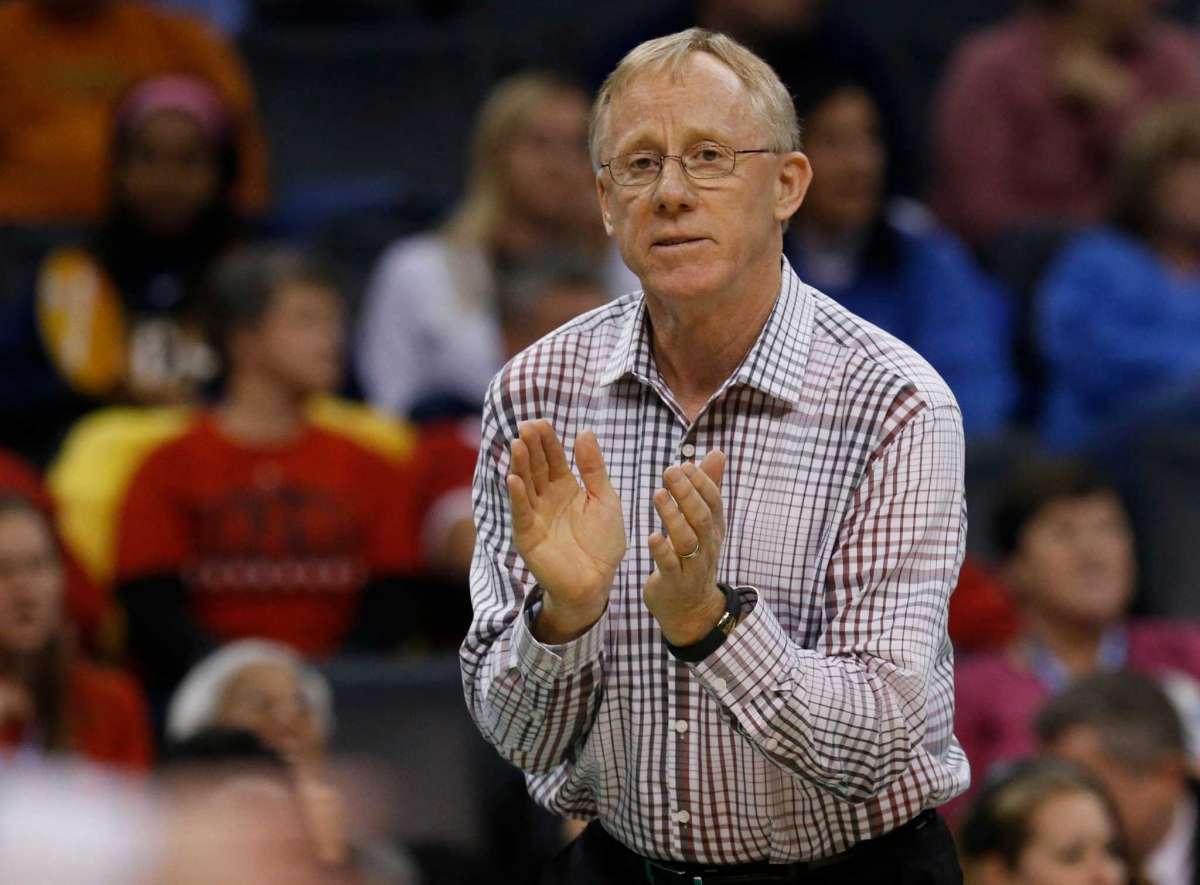
Turns out Dunning’s reluctance to try the drill himself wasn’t baseless. During the drill, a ball hit Hodson on the right side of her head. According to her Stanford athletic medical records, an athletic trainer evaluated her injuries on the sidelines. Hodson couldn’t see properly out of her right eye, which the trainer feared was a sign of a detached retina.
Hodson was then driven to Stanford’s hospital, where doctors diagnosed her with a “likely closed head injury/maybe minor concussion”. The next day, one of the team’s doctors confirmed the injury was a “mild concussion”.
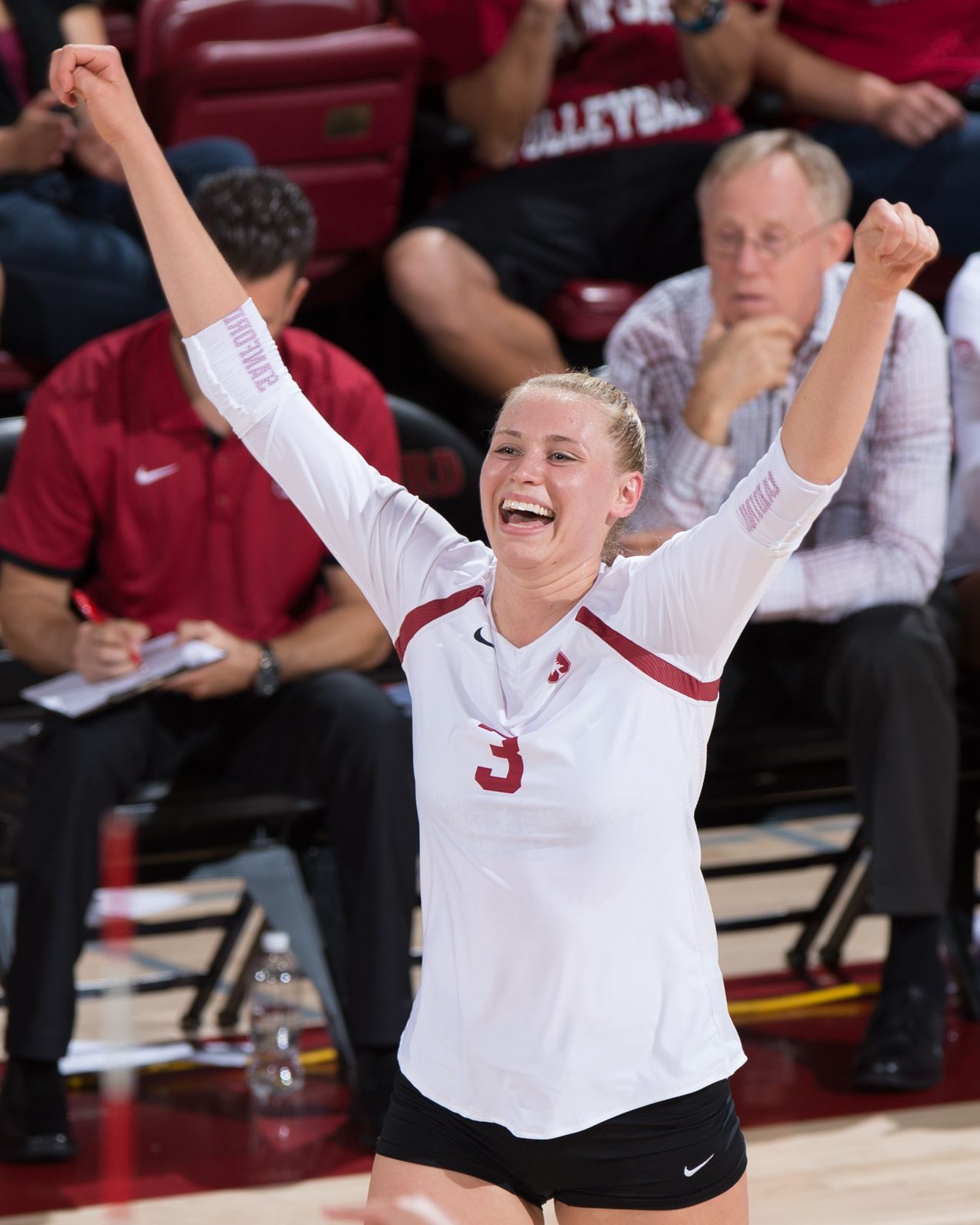
Red flags
Hodson had been diagnosed with a concussion when she was in high school, and the fact Stanford’s doctors didn’t acknowledge this was a major red flag. According to the Center for Disease Control and Prevention, suffering multiple conclusions can lead to cognitive impairment, chronic traumatic encephalopathy, and depression.
Team USA doctor Chris Kourtes, who treated Hodson on her first concussion, stated that athletes shouldn’t play until they are symptom-free. “There’s pressure for athletes to get back,” he added. “It can be self-imposed, ‘I don’t want to miss the big game, so I will tell people what they want to hear.’ Or it can be pressure from the team or coach.”
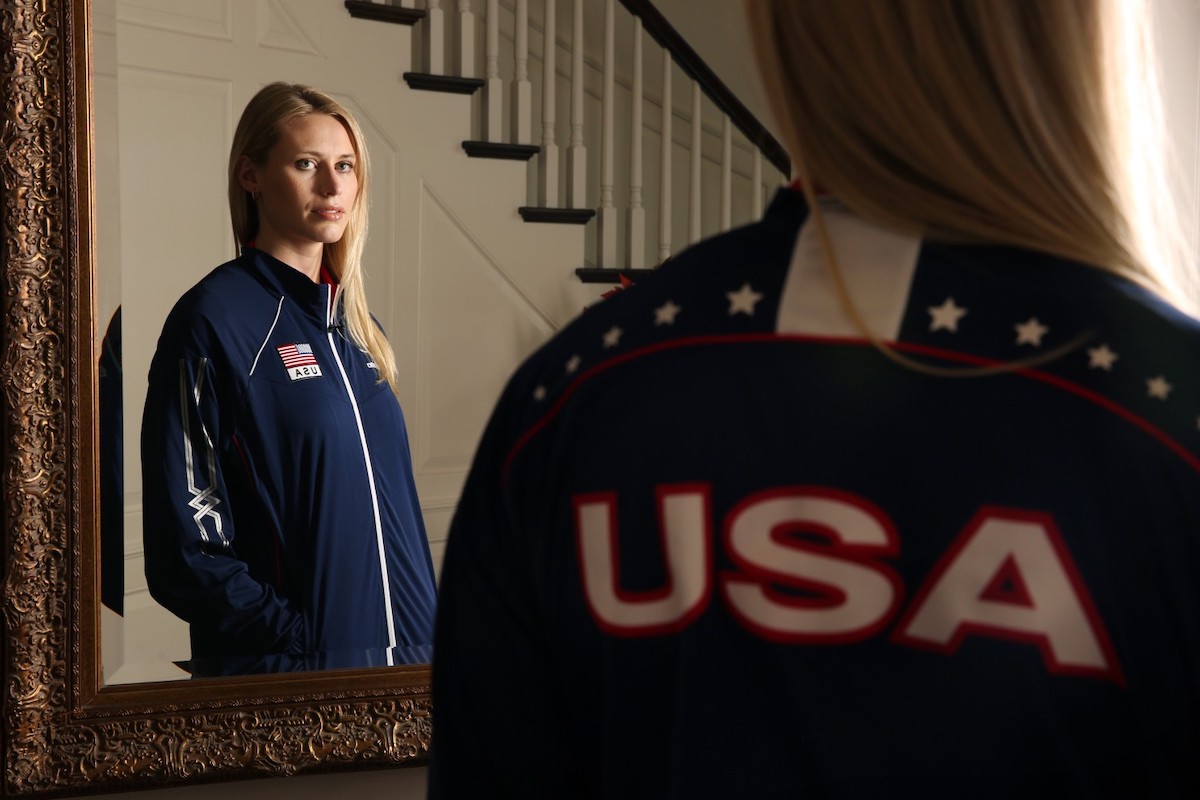
Indeed, Hodson was far from out of the woods after her injury was declared a “mild concussion”. The day after her blow to the head, she told a team doctor she was experiencing headaches and “feeling in a fog”. She also had distorted vision in her eye later that week – yet was told by a team doctor over the phone she could still participate in that weekend’s game.
Hodson took the doctor’s advice and played in four Stanford games over the next four weeks. When she went home for Thanksgiving, however, she was not herself, according to her family. She told them that volleyball was an “off-limits topic”.

Another injury
In a game against UCLA, Hodson attempted to block a shot, and the ball bounced hard off of her forehead. She later stated that she did not remember the rest of the match and believes she suffered another concussion in that moment, though it was never confirmed. “Athletically,” she said, “that was the last time I played well.”

Going downhill fast
After Hodson’s subsequent injury, events took a turn for the worse. She was unable to sleep, eat, or study, and experienced almost paralyzing anxiety and feared being alone. “Nothing was going into my brain,” she told the LA Times. “Anything new, I couldn’t learn it.”
Hodson’s insomnia got progressively worse & worse, as did headaches and shin pain. Still, she trudged through her spring volleyball season. Soon after that, she burst into tears in a training room. When Dunning called her into his office, she said: “My mom is coming on a plane right now because I have been crying for the last eight hours. I don’t know what is going on, but I am not OK.”
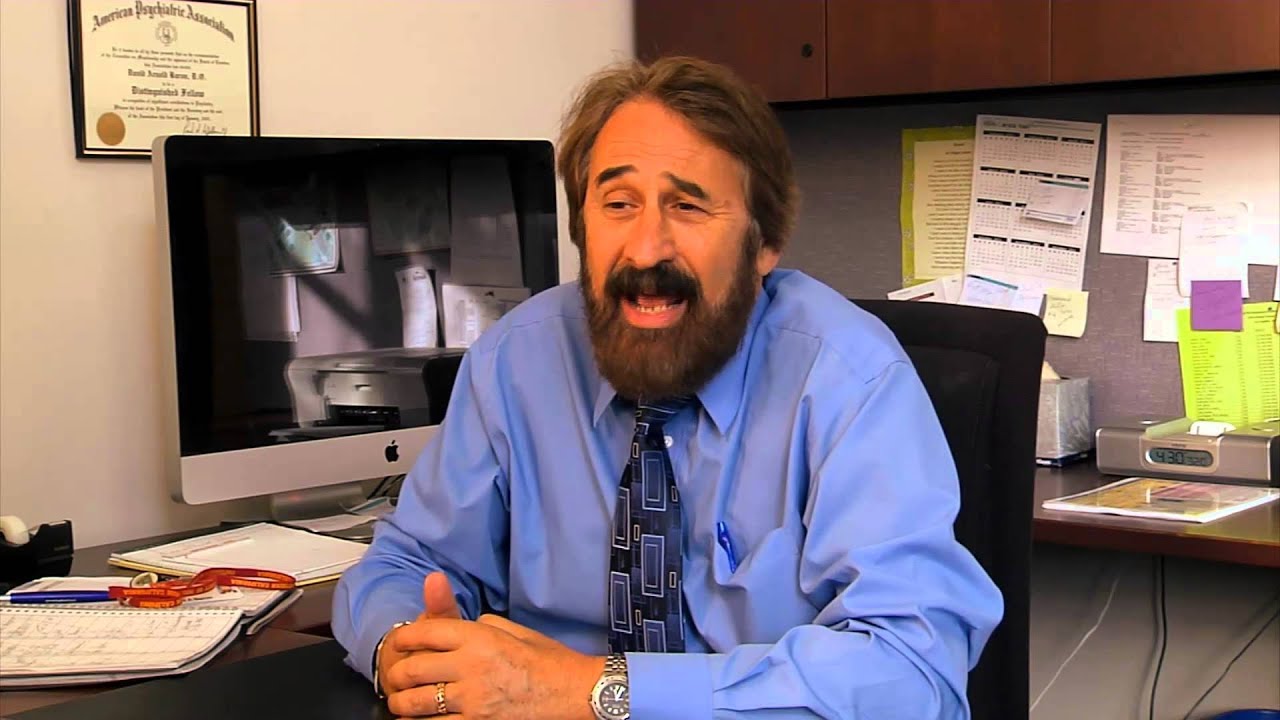
Volleyball career ends
Within ten months, Hodson retired from volleyball with post-concussion syndrome. In 2018, she filed a lawsuit against Stanford and the National Collegiate Athletic Association for brushing off her injuries. Both parties deny these claims.
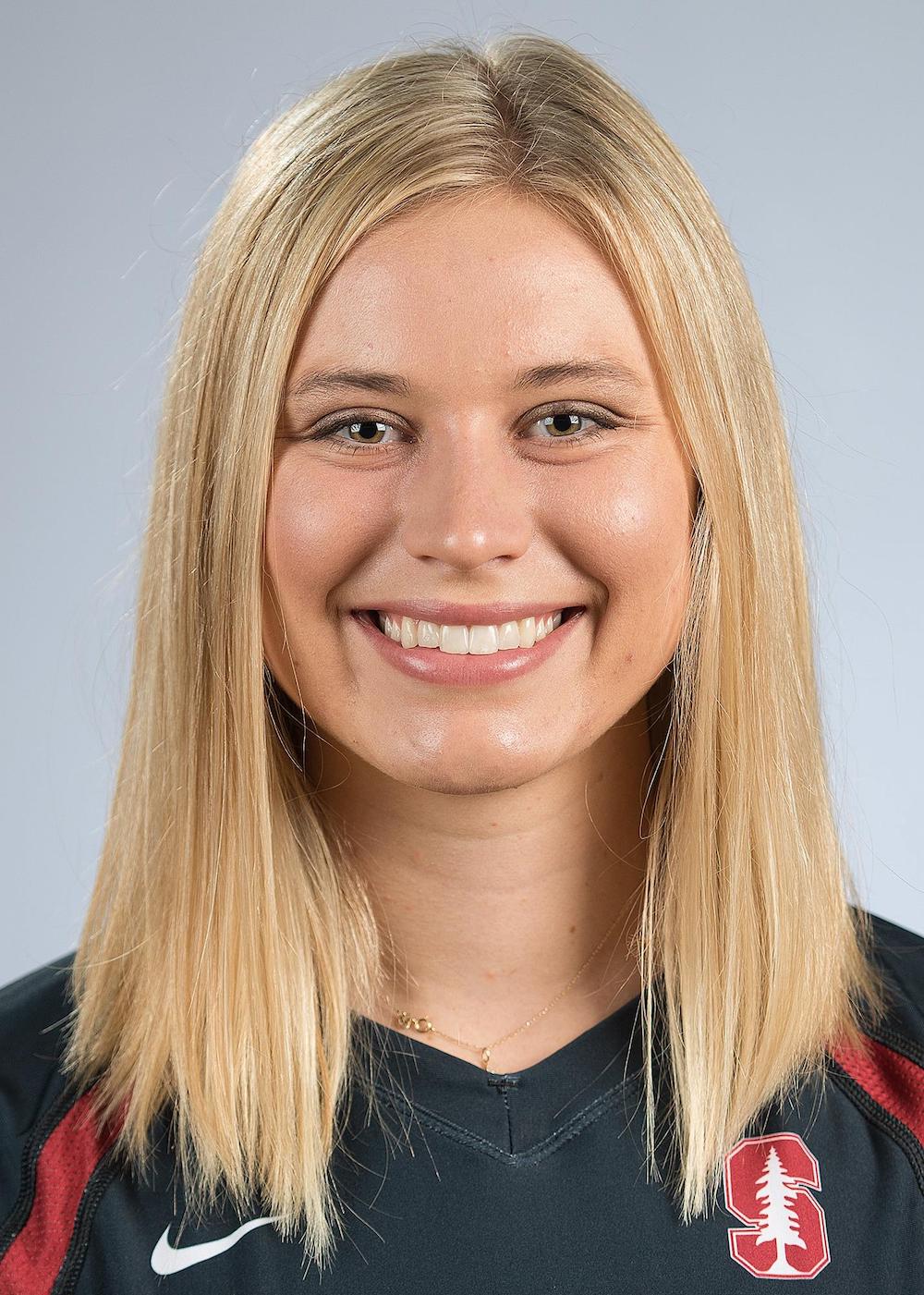
Moving forward
John Dunning retired in early 2017, and was replaced by Kevin Hambly. Hambly visited the Hodsons at their Newport Beach home. Hodson’s mother recalls: “He said, ‘I can’t help you with what happened in the past, but I can help going forward. If it takes to your senior year, I will help you love volleyball again.”
Hodson was motivated to start playing her sport again. Her physical injuries had subsided, but she was still struggling with insomnia & lethargy. She decided to reach out to experts to see if they could help.
David Baron, a professor and neuropsychiatry researcher at USC, told her that: “Oftentimes, the symptoms look like depression or anxiety, and sometimes they are misdiagnosed. But we see changes in moods, sleep, irritability. Those can be related to, and directly caused by, the effects of impacts to the brain.” Hodson stated: “I realized that volleyball was over for me. And that’s not what I would have chosen.”

Hodson’s life now
Hodson is now twenty-four and suffers from chronic migraines & insomnia. She’s on medication and in therapy for depression, chronic fatigue, and post-traumatic stress disorder. She said she’s improved from “four hours of brain function a day to eight.”
She continued: “there are days where I am haunted. I was a really capable person before [my injuries]. Will I be forty with dementia? If I hit a life crisis, will I spin out?”
—
News of the lawsuit is currently pending, but Hodson hopes speaking out has already done some good. “We have kids all over the country that need to save themselves and don’t know how,” she said. “If I speak out, then maybe someone else with something wrong will have the courage to speak out, too.”







